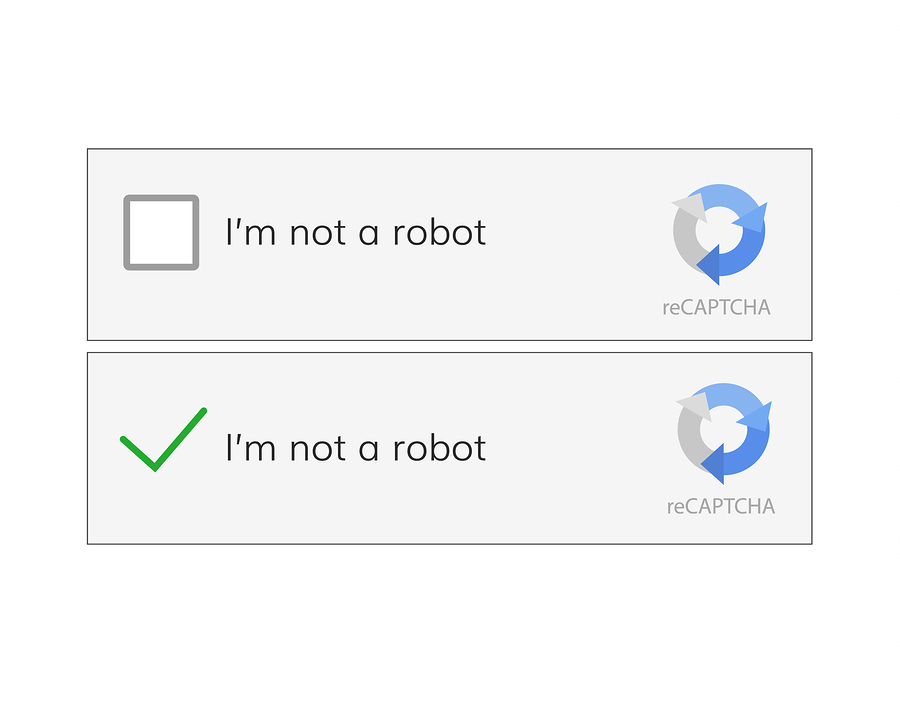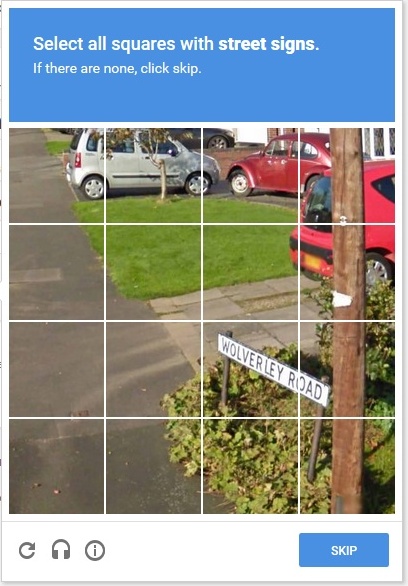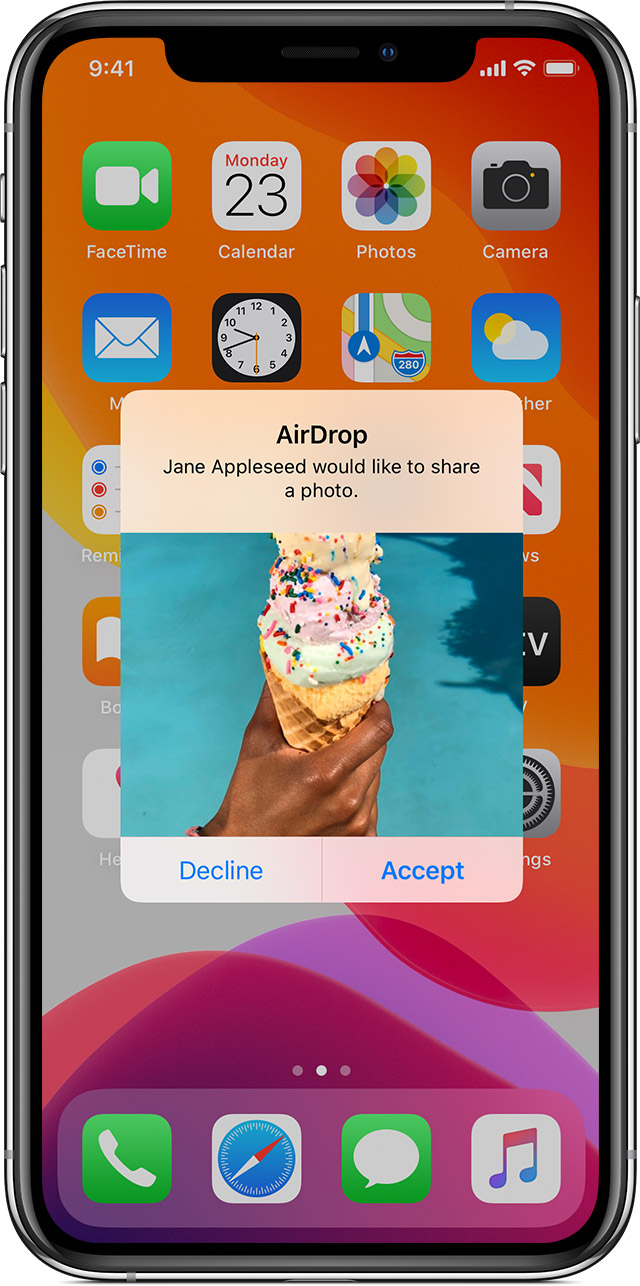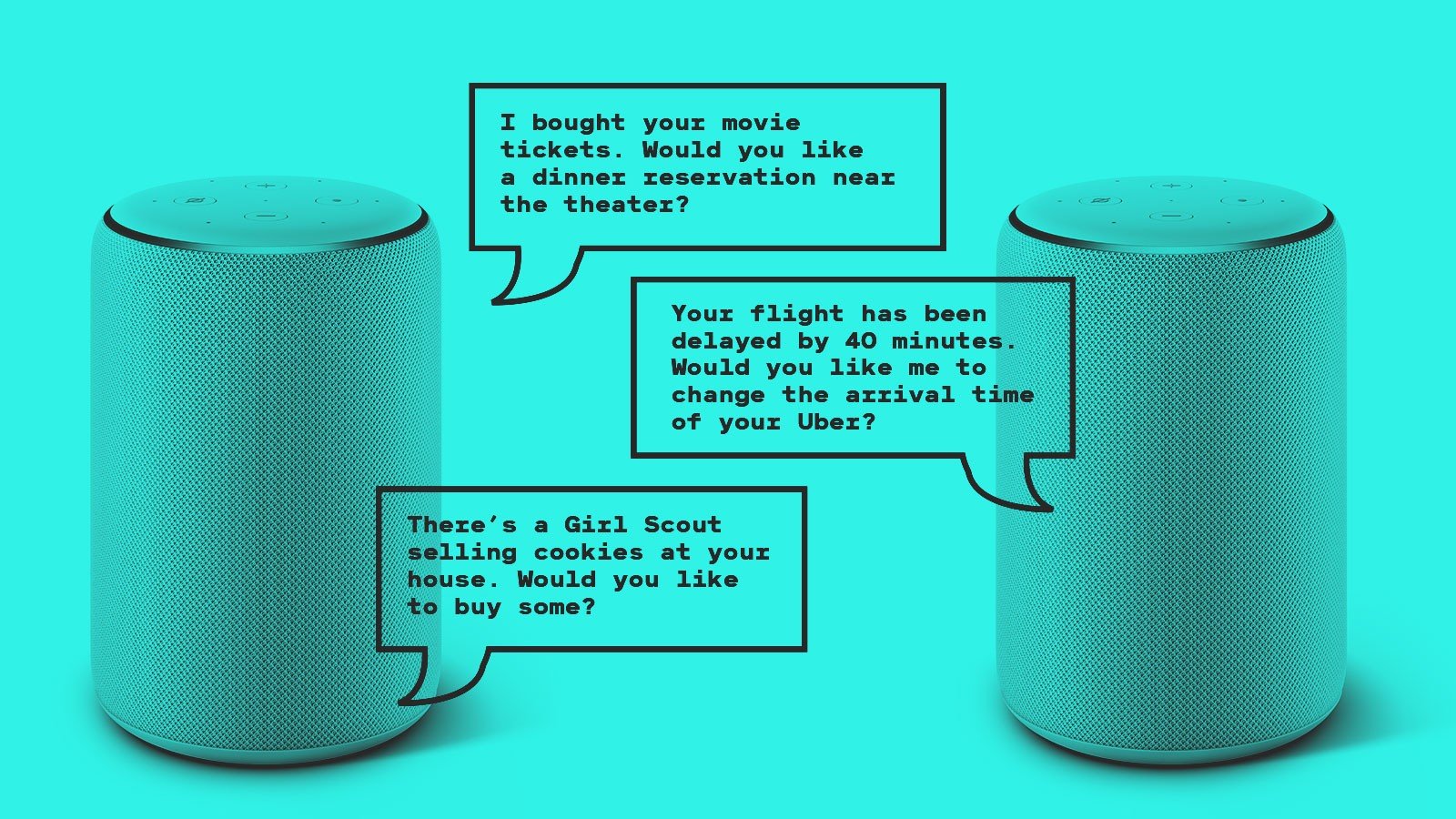There are a few different tests and procedures which are used to diagnose breast cancer. The most important one is called a mammogram and is an X-ray of the breast. It can detect breast cancer as early as two years before the tumor develops to the point where it can be felt by a doctor.
Interpreting a mammogram is a really difficult task – it takes 10 years of training as a doctor and specialist to become a radiologist that is allowed to do it. What is more, NHS (National Health Service – one of the national healthcare systems in the UK) requires two radiologists to perform an analysis of each mammogram. Whenever they disagree, the third radiologist is involved.
Taking all this into consideration, it seems like it is hard to improve the quality and accuracy of interpreting mammograms. However, according to a study in the journal Nature AI is now able to produce as good results as radiologists!
An international team of researchers created a computer model and trained it to detect breast cancer with the usage of the images of 29 000 women. The algorithm managed to provide even better results than single doctors. Comparing to single radiologist it had 1,2% less false positives and 2,7% less false negatives. When compared to the current system which includes two radiologists AI model was just as accurate as two doctors. However, reading X-rays is a time-consuming and tiring process, while AI analyses mammograms in just a few seconds.
Despite these fantastic results of the algorithm, it doesn’t mean that AI will now replace radiologists. We have to remember that it was just a research study – AI has not been let to perform analyses of mammograms in the clinic yet and when it is there will be one radiologist in charge as well. Although the algorithm could potentially liquidate the necessity of involving 2 radiologists. According to Prof Ara Darzi, director of the Cancer Research UK, the AI system will have a significant impact on improving the accuracy of diagnoses and will free up radiologists to work on even more important stuff. The shortage of as many as 1000 radiologists from the UK is estimated.
Combining both the human mind and AI in analyzing mammograms is probably the best option for now. As the system has only been tested in a research study it doesn’t seem rational to already let it work alone in such an important cause. However, as it can work 24/7 (humans cannot!) and is faster than humans it is great to combine those two. Maybe, when there will be a sufficient number of diagnoses performed by humans and AI, the results will show that AI can be let alone. For now, it seems like a great opportunity and shows that it may be possible to make screening even more accurate in the future!
Sources:
https://www.mayoclinic.org/diseases-conditions/breast-cancer/diagnosis-treatment/drc-20352475
https://www.cancercare.org/publications/82-early_detection_and_breast_cancer
https://en.wikipedia.org/wiki/National_Health_Service_(England)
https://www.bbc.com/news/health-50857759
https://www.bloomberg.com/news/articles/2020-01-02/google-shows-ai-can-spot-breast-cancer-better-than-doctors

:max_bytes(150000):strip_icc()/normal_dense-56a0b6833df78cafdaa43a0d.jpeg)



